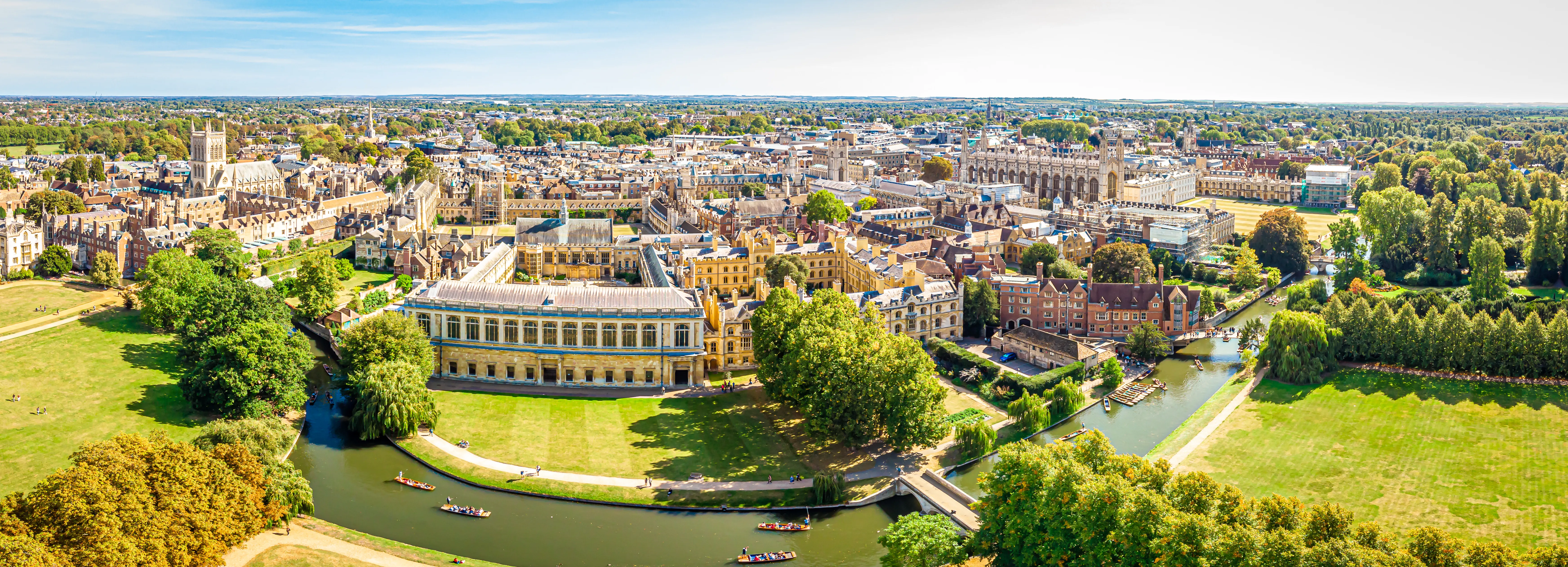

A prokaryotic cell is composed of several essential components: the cell wall, plasma membrane, cytoplasm, ribosomes, nucleoid, and, in some cases, flagella and pili.
Prokaryotic cells differ from eukaryotic cells in that they lack a nucleus and membrane-bound organelles. Despite this, they possess key structures that enable them to function efficiently. The outermost layer of a prokaryotic cell is the cell wall, which serves to provide structural support and protection. In bacteria, the cell wall is primarily composed of peptidoglycan, whereas in archaea, it is made of pseudopeptidoglycan. Additionally, some bacteria have an extra protective layer known as the capsule, which aids in adherence to surfaces and offers further protection.
Beneath the cell wall lies the plasma membrane, a phospholipid bilayer that regulates the movement of substances into and out of the cell. This membrane is semi-permeable, allowing certain molecules to pass while restricting others. Proteins embedded within the plasma membrane play various roles, including facilitating transport and signal transduction.
The cytoplasm, a viscous gel-like substance contained within the plasma membrane, houses the cell’s metabolic machinery. This includes ribosomes, which are the sites of protein synthesis. Prokaryotic ribosomes are smaller and structurally different from eukaryotic ribosomes, but they fulfill the same critical function.
The nucleoid is the region within the cytoplasm where the cell’s genetic material is located. Prokaryotic cells typically contain a single, circular chromosome that is not enclosed by a nuclear membrane. This chromosome carries the necessary genetic information for the cell to perform its functions.
In addition to these components, some prokaryotic cells possess flagella and pili. Flagella are long, whip-like appendages that facilitate cell movement, while pili are shorter projections that help the cell attach to surfaces. Certain types of pili can also mediate the transfer of DNA between cells through a process known as conjugation.
Moreover, some prokaryotic cells contain specialized structures such as plasmids (small, circular DNA molecules), endospores (resistant, dormant structures capable of withstanding extreme conditions), and gas vesicles (which provide buoyancy in aquatic environments). These additional features enhance the adaptability and survival of prokaryotic cells in diverse environments.
 100% |  Global |  97% | |
|---|---|---|---|
Professional Tutors | International Tuition | Independent School Entrance Success | |
| All of our elite tutors are full-time professionals, with at least five years of tuition experience and over 5000 accrued teaching hours in their subject. | Based in Cambridge, with operations spanning the globe, we can provide our services to support your family anywhere. | Our families consistently gain offers from at least one of their target schools, including Eton, Harrow, Wellington and Wycombe Abbey. |
 100% |
|---|
Professional Tutors |
| All of our elite tutors are full-time professionals, with at least five years of tuition experience and over 5000 accrued teaching hours in their subject. |
 Global |
International Tuition |
| Based in Cambridge, with operations spanning the globe, we can provide our services to support your family anywhere. |
 97% |
Independent School Entrance Success |
| Our families consistently gain offers from at least one of their target schools, including Eton, Harrow, Wellington and Wycombe Abbey. |
At the Beyond Tutors we recognise that no two students are the same.
That’s why we’ve transcended the traditional online tutoring model of cookie-cutter solutions to intricate educational problems. Instead, we devise a bespoke tutoring plan for each individual student, to support you on your path to academic success.
To help us understand your unique educational needs, we provide a free 30-minute consultation with one of our founding partners, so we can devise the tutoring plan that’s right for you.
To ensure we can best prepare for this consultation, we ask you to fill out the short form below.